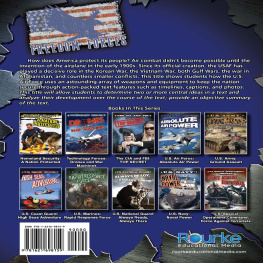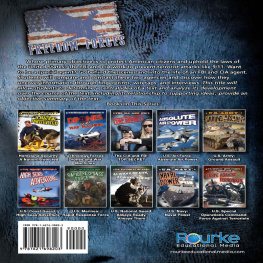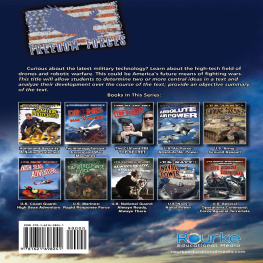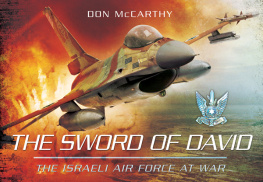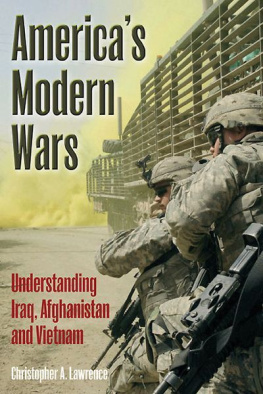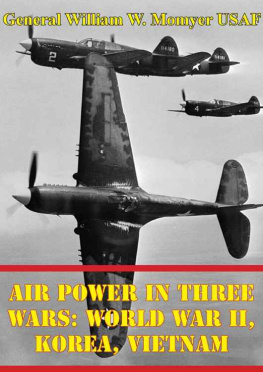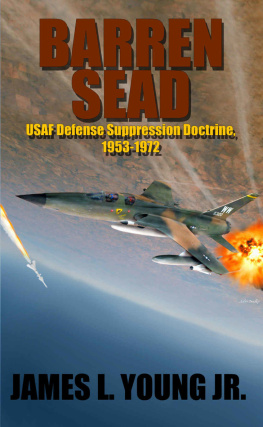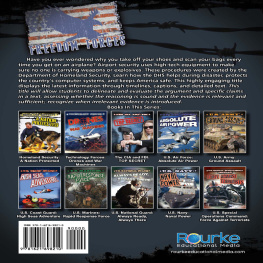Table of Contents
Guide
Level: Q Word Count: 1,217 Words
100th word: Beginning
Content Area Vocabulary:
Read the list. What do these words mean?
allies
arensal
cargo
casualties
government
ground troops
missiles
nations
nuclear
radar
Building Background Knowledge
Before reading a book, it is important to tap into what your child or students already know about the topic. This will help them develop their vocabulary, increase their reading comprehension, and make connections across the curriculum.
| Look at the cover of the book.
What will this book be about? |
| What do you already know about the topic? |
| Lets study the Table of Contents.
What will you learn about in the books chapters? |
| What would you like to learn about this topic?
Do you think you might learn about it from this book? Why or why not? |
| Use a reading journal to write about your knowledge of this topic. Record what you already know about the topic and what you hope to learn about the topic. |
| Read the book. |
| In your reading journal, record what you learned about the topic and your response to the book. |
| Complete the activities at the end of the book. |

2014 Rourke Educational Media LLC
All rights reserved. No part of this book may be reproduced or utilized in any form or by any means, electronic or mechanical including photocopying, recording, or by any information storage and retrieval system without permission in writing from the publisher.
www.rourkeeducationalmedia.com
PHOTO CREDITS: Cover: Metal texture Andrey_Kuzmin, main photo courtesy of the U.S. Air Force; back cover and title page: flag SFerdon; Pages 4/5: U.S. Air Force photo/Tech. Sgt. Fernando Serna); Pages 6/7: US Army, USAF; Pages 8/9: US Military, USAF; Pages 10/11: Courtesy of the Unites States Air Force Historical Research Agency; Pages 12/13: USAF, US Army; Pages 14/15 ship Songquan Deng, logo: USAF; Pages 16/17 USAF, NASA; Pages 18/19 USAF, page 18 bomb: Sturmvogel 66; Pages 20: USAF; Page 21 tomas del amo; Pages 22/23: USAF; Pages 24/25: USAF, SSGT Ernest H. Sealing; Pages 26/27 US Military, USAF; Pages 28/29 background photo Ensuper, Wright Brothers photo John T. Daniels for, other photos: USAF Pages 30/31 folder art McVectors, logo: USAF
Edited by Precious McKenzie
Designed and Produced by Blue Door Publishing, FL
Library of Congress Cataloging-in-Publication Data
U.S. Air Force: Absolute Air Power / Sneed B. Collard III
p. cm. -- (Freedom Forces)
ISBN 978-1-62169-920-0 (hard cover) (alk. paper)
ISBN 978-1-62169-815-9 (soft cover)
ISBN 978-1-62717-024-6 (e-book)
Library of Congress Control Number: 2013938872
Rourke Educational Media
Printed in the United States of America,
North Mankato, Minnesota


rourkeeducationalmedia.com
PO Box 643328 Vero Beach, Florida 32964
TABLE OF CONTENTS
CHAPTER ONE
PRECISE DESTRUCTION
On January 17, 1991, the United States and more than three dozen other nations attacked the country of Iraq. Their mission? To dislodge Iraqi forces from the tiny country of Kuwait. Six months earlier, without warning, Iraqi dictator Saddam Hussein ordered the invasion of Kuwait. Iraq seized Kuwaits precious oil fields, posing a threat to the entire region. Now, the United States and its allies hoped to liberate Kuwait and dismantle Iraqs war machine.

F-16A Fighting Falcons, F-15C, and F-15E Eagles fly over burning oil fields during Desert Storm.
Iraq fielded one of the worlds most powerful military forces. U.S. experts worried that the war would lead to thousands of American and allied casualties. Beginning at 3 a.m. on the morning of January 17, however, a massive force of 668 aircraft attacked Iraq. They unleashed a terrifying barrage of bombs and missiles that destroyed targets with astounding accuracy.
Within hours, the allies knocked out much of Iraqs communications network, air force, and defenses. In the days that followed, allied aircraft pulverized Iraqs ground forces with equal ferocity.
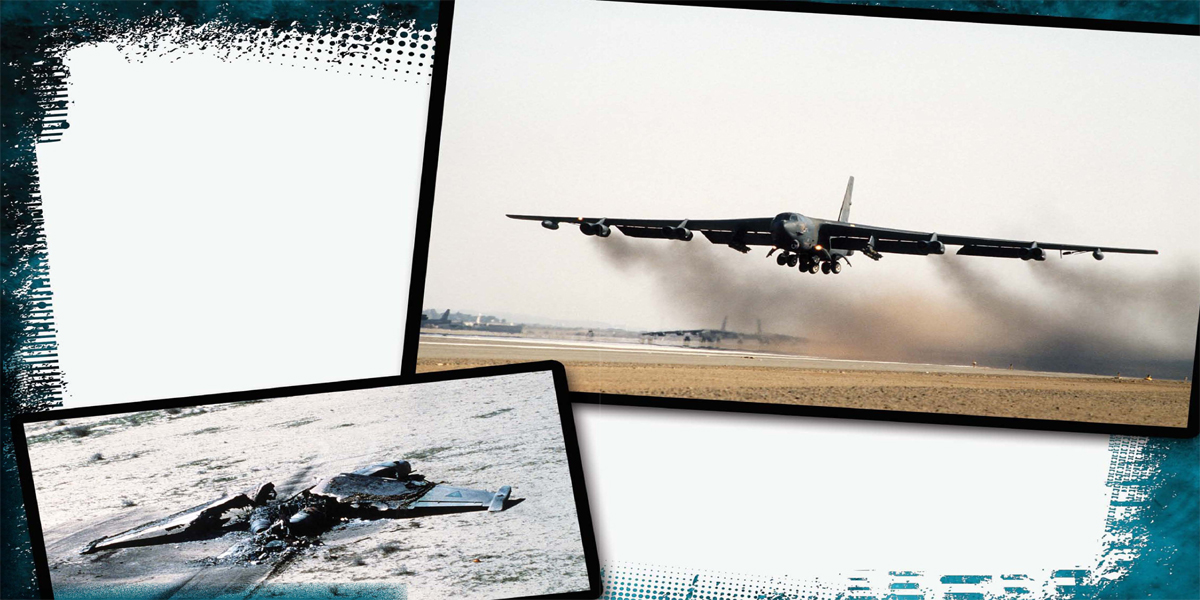
The Su-25, like this one destroyed during Operation Desert Storm, was nicknamed Gratch meaning The Rook by the Russians. This comes from a bird and its ability to get food in hard to reach spots. Similarly, the SU-25 can destroy targets in hard to reach places.
This B-52 heavy bomber joined stealth aircraft, attack fighters, helicopters, and many other aircraft in attacking Iraq during the first Gulf War.
During the entire 43-day Gulf War in 1991, America and its allies flew 109,876 air missions against Iraq. Almost sixty percent of these were conducted by the United States Air Force. The assault shattered Iraqs military and sent it fleeing from Kuwait. It allowed allied ground troops to retake Kuwait and enter Iraq with little resistance.
This overwhelming victory sent two important messages to the nations of the world. First, in modern armed conflict, whoever controlled the skies controlled the battlefield. Second, no military on Earth could match the power and precision of the United States Air Force.
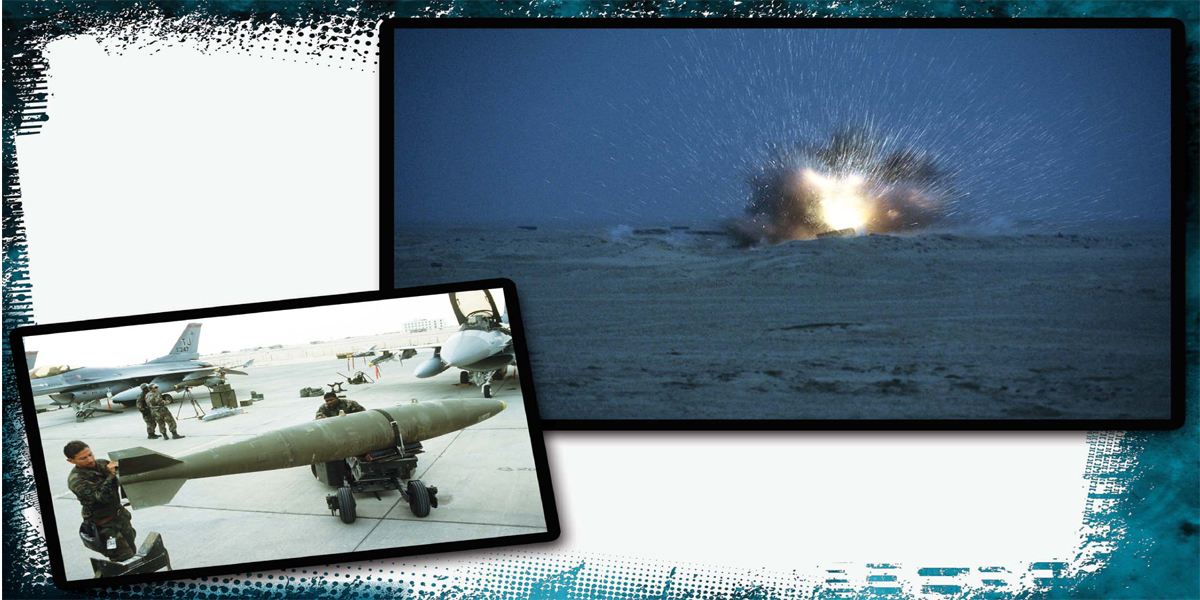
This 2,000 pound (907 kilogram) Mark 84 bomb is capable of forming a crater 50 feet (15.24 meters) wide and 36 feet (11 meters) deep.
Thanks to the dominance of the United States Air Force and other allied forces, only 148 allied troops lost their lives in combat during the war.
CHAPTER TWO
A NEW BATTLEFRONT
Air combat, like those used during the Gulf War, didnt become possible until the invention of the airplane in the early 1900s. Just ten short years after the invention of the airplane, militaries began to use airplanes for combat.
World War I heralded the first widespread use of aircraft. British, French, and German pilots engaged in thrilling

